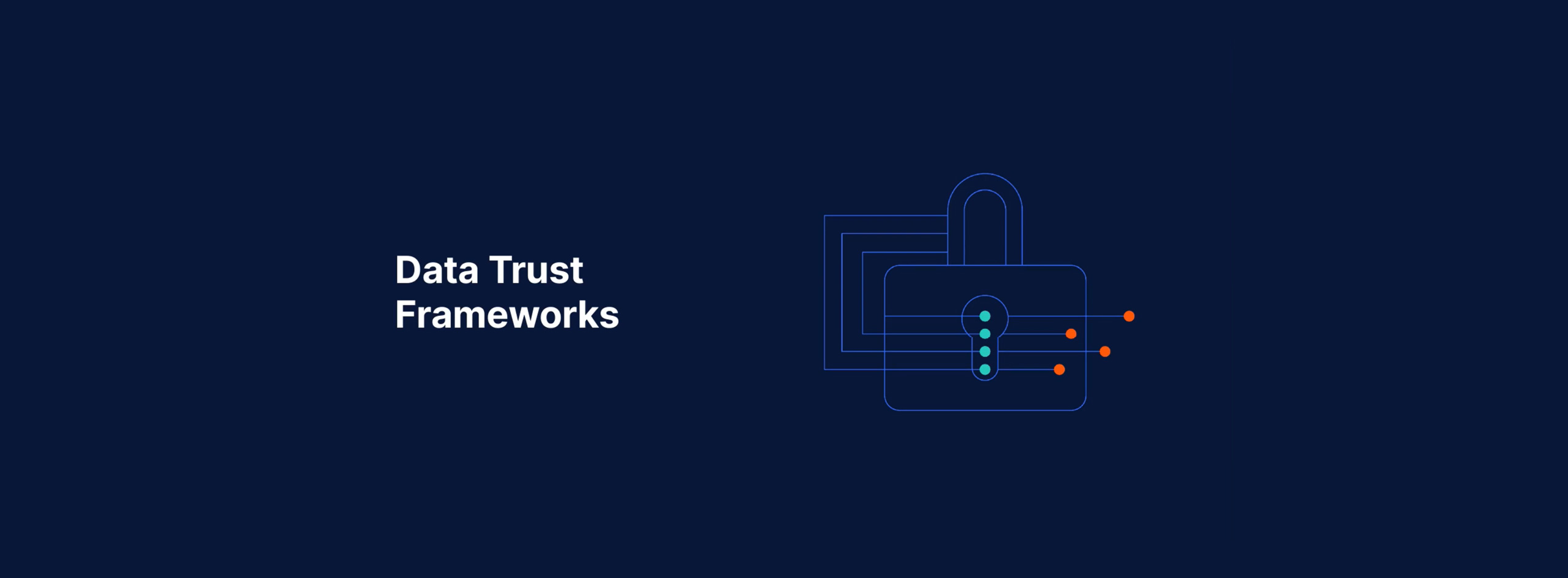What does Cloud Computing really mean? What are the benefits of using Cloud-based technologies, over the traditional ones that we may be more familiar with? Do you know how many Cloud services you are already using (maybe without even realizing it)?
There are two key properties of Cloud Computing that are really important in understanding it. Firstly, with Cloud Computing all of the hardware / software / storage / processors / databases are located in a remote data center; and the user can access these by connecting over the internet. The second key point is that Cloud Computing is usually offered “as a service” which means that you pay to use the system, and the longer you want to use the system, the more you pay. Contrast this with a traditional desktop-based software model (e.g. Microsoft products like Windows, Office) where the user installs and accesses the software on a local PC and there is a once-off payment in return for a perpetual license to use the software. Cloud Computing operates somewhat like a car rental service: you can choose the services you need from any location, and pay depending on how much you use.
There are many benefits to using Cloud technologies. One of the most significant benefits is that you can access your data (photos, videos, emails, tweets, documents) from almost anywhere, not just your laptop or from an internet cafe. Roughly half of all traffic to Google, eBay and Facebook are now from mobile devices. Another massive benefit is that Cloud Computing is an “on-demand” service. If you need more, you get more (and of course, pay a little more). So, it’s a very scalable system, that if managed correctly, can operate as if it had infinite capacity.
How many Cloud Computing services are you already using? Probably more than you might first think. Almost every service you access through the internet is a Cloud-based service. Think about email services (GMail, Hotmail, Yahoo! mail), social networks (Linkedin, Google+, Facebook), search engines (Google, Bing, WolframAlpha). The blog post you’re reading right now is hosted on the cloud, as are almost all of Creme Global’s software services. Cloud Computing plays a significant, and ever increasing role, in how we work, share and collaborate.
Understanding and making efficient use of Cloud Computing is very important to how we do things at Creme Global. We have been using Cloud technologies for over 5 years, to provide world-leading services to our customers. Consumer Exposure Assessment and Predictive Intake Modelling involve large amounts of complex data, and require a lot of computer power to analyze this data, evaluate models, and produce results. At the same time, we want to offer our worldwide customers the ability to run many of these assessments of varying complexity, all at the same time. The requirement in terms of compute power can fluctuate quite dramatically throughout an ordinary day.
Over the past number of years, we have developed technologies which enable us to automatically scale our Cloud Computing infrastructure. Our system (screenshot below) continuously monitors the requirement for compute resources, and can immediately request more resources from the Cloud if there is a need (and return these to the Cloud when they are no longer required). The system can predict how long a new assessment would have to wait in a queue before starting, and if this time is more than a few minutes, the system will automatically increase in size to accommodate the increased demand. In this way, we use the power and scalability of Cloud Computing to ensure that we always have just the right amount of computer power (processors, memory, storage) available to our customers to carry out all their calculations and assessments at once.
At Creme Global, we are continually innovating to ensure that the very best benefits of Cloud Computing are conveniently available to our customers. All of our software services allow users to login and access their data and assessments from any location. Multiple users can collaborate on projects across different departments, cities or countries. And users can submit as many assessments as they like, without ever having to worry about running out of compute resources, or having to wait long durations for the assessments to complete.


